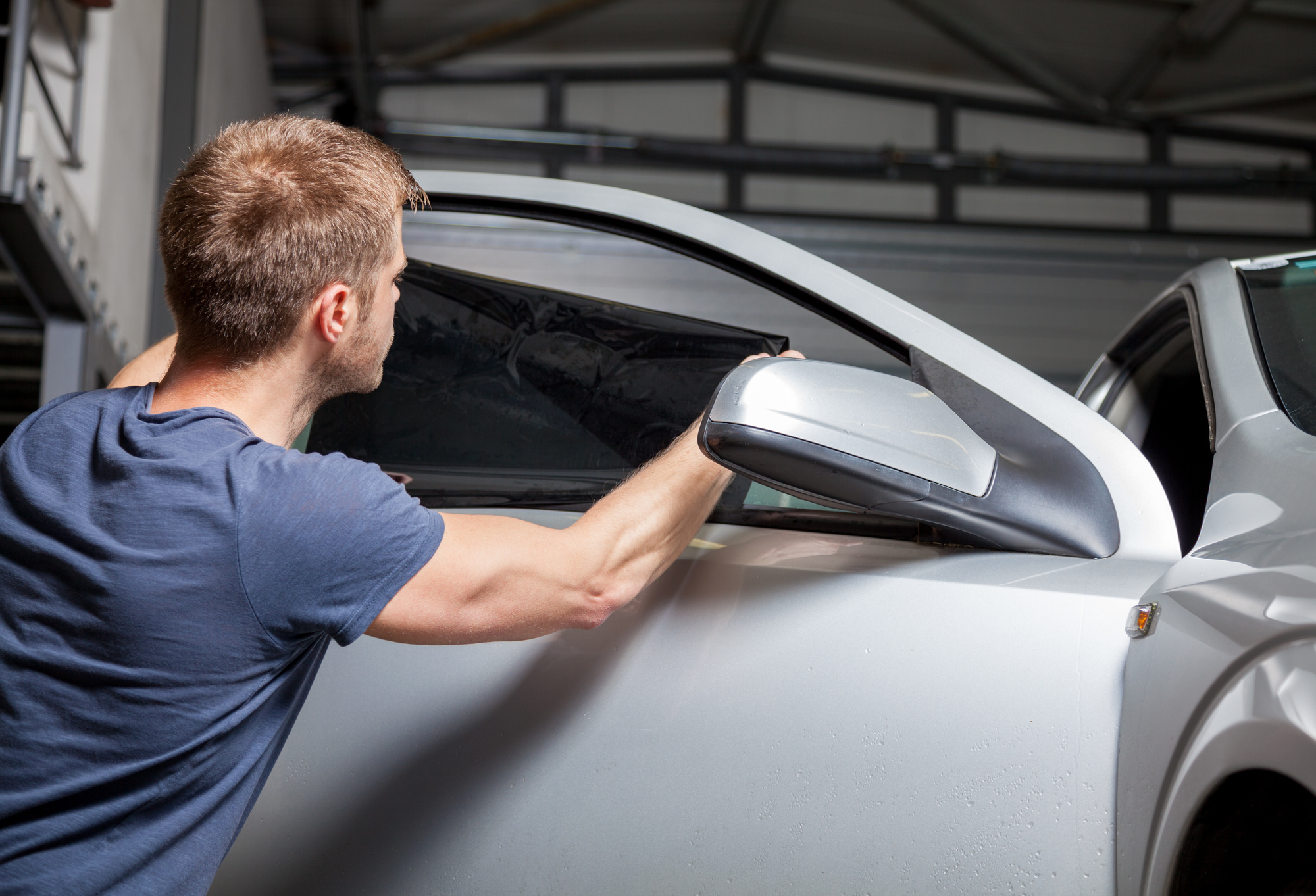How Paint Correction Can Make Your Car Look Showroom-Fresh
Whether you’re looking to protect your vehicle with a wax, sealant or ceramic coating, it’s important to have your paint work as good as possible. Having minor scratches and swirl marks fixed by buffing the clear coat with paint correction can make all the difference.
This process begins with a proper wash and clay bar. This ensures that the clear-coat is clean of dirt and contaminants that can damage the finish during polishing.
Scratches
Light surface paint scratches may be buffed away with a small amount of polishing compound and a fine cloth. To determine if the scratch is shallow enough to fix, run your fingernail over it – if you can’t feel it, it’s a topcoat blemish that should be easy for a beginner to buff out.
Deeper scratches that penetrate through the clear coat and into the paint and/or primer layers require a more comprehensive approach, typically in the form of a body-matched touch up paint and some rubbing compound. To get the right match, you’ll need to know your car’s paint code (look in the owner’s manual for a quick reference), plus a good amount of time and elbow grease.
Apply the touch-up paint as instructed by the manufacturer, then sand lightly with 600 and then 1000 grit wet/dry sandpaper and finish with a few light spray coats of clear. Allow to dry thoroughly before buffing and waxing.
Swirls
Swirls are a mass of fine scratches in the top layer of your car’s paintwork. When light bounces off them in a certain way they can appear as messy spider webs and can make even light colours look terribly damaged. They’re particularly noticeable on black cars, as the way light reflects off them can amplify their appearance.
Whether or not your car has swirl marks is usually the biggest deciding factor in whether or not it’s time to consider paint correction. While preventing swirl marks is best done by washing your vehicle correctly (using the 2 bucket method and a soft, clean cloth) it’s impossible to eliminate them completely.
A quick polish with a good quality pad should be enough to remove most light swirls and other minor surface defects. Once they’re gone, you can then follow with a glaze or sealant to protect your work. For more extreme swirl marks it’s recommended that a full stage 3 correction be carried out involving using a number of different polish and pad combinations including spot wet sanding for heavier scratch damage.
Oxidation
While there is not much that can be done to stop the oxidation process at its initial stages, protecting your car with regular application of a quality wax or paint sealant will significantly slow down this deterioration. This is especially important in South Bay due to the warm weather and UV rays that are common.
In the early stages of oxidation, your vehicle’s paint can look dull and faded in color, with a chalky residue or hazy appearance. Eventually, the oxidation can be so severe that it exposes the metal underneath and leaves the surface rough and dusty to the touch.
In some cases, if the oxidation is not too extreme, a clay bar treatment and polishing with a dual-action or rotary buffer will reveal your paint’s original luster. However, in the most severe cases, repainting your car will be necessary to restore its resale value. To prevent oxidation, park your vehicle in a garage or under cover when not in use.
Paint Protection
Aside from making your car look showroom-fresh, paint correction will also extend the lifespan of your car’s underlying layers. This is accomplished by applying a high-grade carnauba wax, like Fortador’s nano wax, which contains protective polymers and UV inhibitors. This will reduce the need for future paint correction services by providing an extra layer of protection against harmful environmental contaminants.
The first step of a complete paint correction service is a decontamination process to reveal the actual state of your vehicle’s paintwork. This includes a thorough wash with decontamination spray, iron or fallout remover, and a clay bar treatment. This helps ensure the physical polishing phase will be as clean as possible, reducing the risk of mistakes and increasing efficiency.
To ensure a flawless finish, professional detailers use rotary and dual-action polishers with special buffing pads to eliminate light scratches and imperfections from the clear coat. This reveals an optimum swirl-free finish that is a perfect base for the final protective coating.

